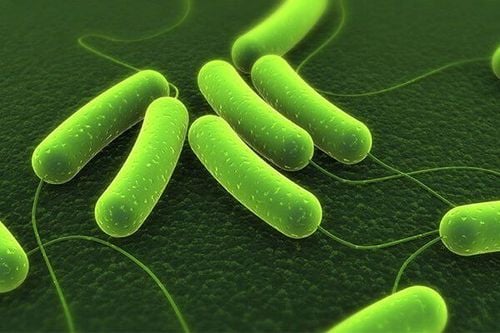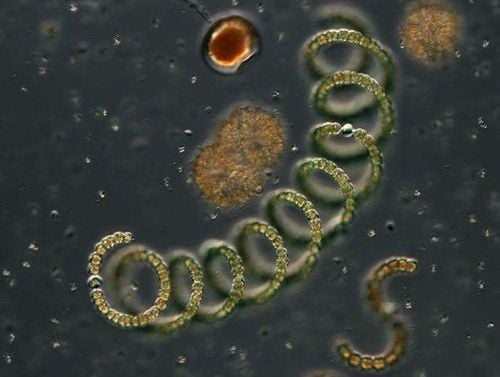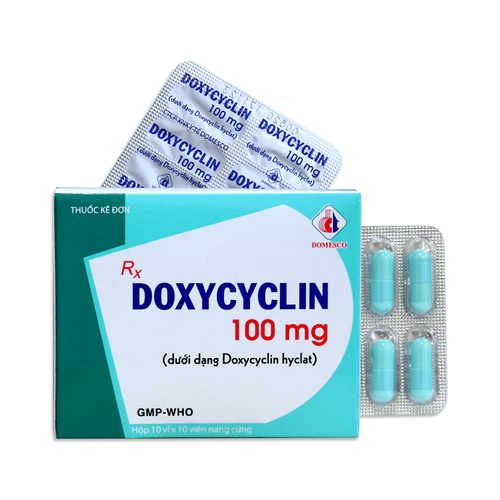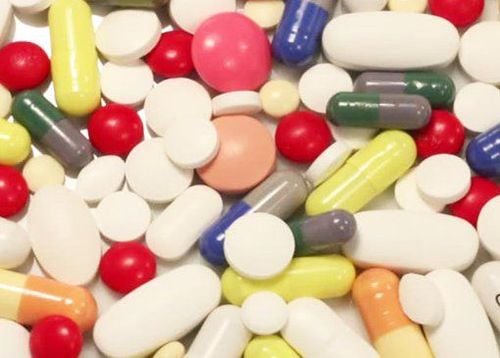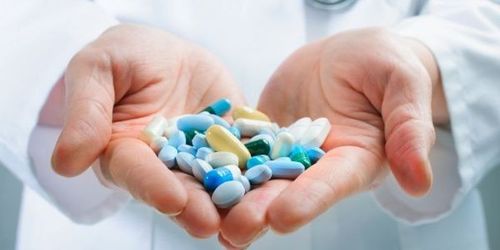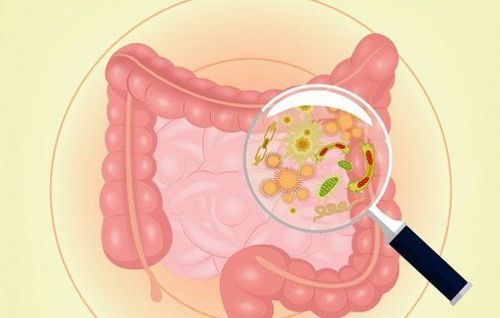This is an automatically translated article.
The article is professionally consulted by Master, Doctor Duong Xuan Loc - Gastroenterologist - General Surgery Department - Vinmec Danang International General HospitalThere are over 200 species of microorganisms that exist in the human body and a large part of them are distributed in the gastrointestinal tract. The microorganisms in the gastrointestinal tract include both harmful and beneficial microorganisms.
1. What is the microbiome in the digestive tract?
The human digestive tract contains a complex microbiome. Digestive system microbiota varies from person to person due to genetic and environmental influences.
The microbiome in the digestive tract begins to form from the moment the baby is born and depends on factors such as: the mother's microbiome, the form of the baby, and the environment in which it was born. Intestinal microbiota develops gradually during the first 2 years of a child's life, influenced by the way the child is raised. From the age of 2, the gastrointestinal microbiota of children is gradually diversified like that of adults.
The total amount of bacteria in the digestive tract is estimated at about 100 trillion, equivalent to 1.5kg of microorganisms. In a healthy body state, the intestinal microflora has more than 500 different species, including beneficial microorganisms (accounting for 85%) and pathogenic microorganisms (accounting for 15%). Thanks to the immune regulation mechanism in the intestine, despite the presence of pathogenic bacteria, the body is still in a healthy state because of the balanced microflora.
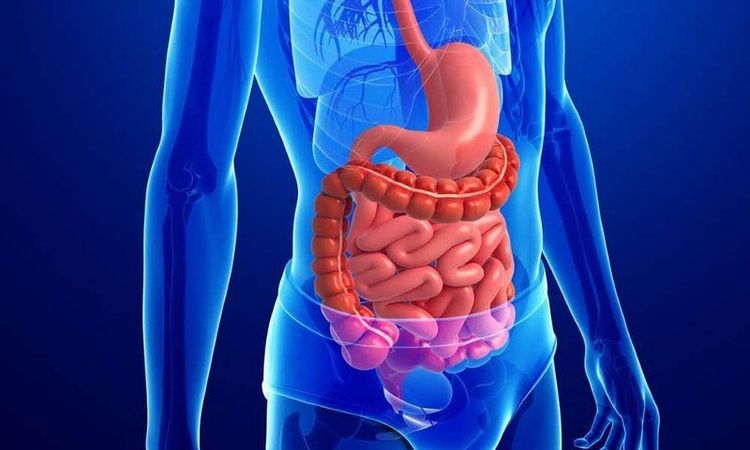
2. Characteristics of beneficial bacteria and harmful bacteria in the digestive tract
2.1 Beneficial bacteria
Probiotics account for 85% of the total microorganisms present in the intestinal tract. The proliferation of beneficial microorganisms is promoted by natural childbirth (natural birth) and breastfeeding. Typical types of beneficial bacteria include: Lactobacilli, Bifidobacteria, Bacillus clausii,... Lactobacilli and Bifidobacteria are responsible for creating a protective intestinal barrier, promoting humoral immune response. Some strains of Lactobacilli and Bifidobacteria also have the ability to neutralize immunity, helping to reduce allergic diseases.
Probiotics play a role in promoting human health thanks to their ability to synthesize vitamins, support digestion and absorption of nutrients, prevent bacterial infections and strengthen the body's immune system.
2.2 Harmful bacteria
The number of harmful bacteria accounts for about 15% of the total number of microorganisms that exist in the intestinal tract. Harmful bacteria in the gut can easily cause a number of health problems such as: causing necrosis, stimulating the production of potentially carcinogenic compounds and producing toxins.
3. Distribution of microorganisms in the digestive tract
Microorganisms in the mouth: The mouth contains a large number of microorganisms because there are good conditions for them to grow (right temperature, food residue and slightly alkaline pH of saliva). Types of microorganisms commonly found in the mouth are: streptococci (S. sanguis, S. salivarius, S. mitis, S. Mutans), staphylococcus (S. Epidermidis), gram-negative diplococci (Moraxella catarrhalis, Neisseria) , Lactobacillus,... Less common microorganisms include C. Albicans, S. aureus, Enterococcus; Stomach Microbiology: The acidic pH of the stomach keeps the microbiome at a minimum of 103 microorganisms/gram of food. Types of bacteria that can live in the stomach include: tuberculosis bacteria, H. pylori bacteria. In the world, about 30 - 50% of the population carries H. Pylori bacteria in the stomach. Not more than 20% of this group develop peptic ulcer disease due to H. Pylori infection; Intestinal microorganisms: The number of microorganisms in the small intestine is very small, increasing gradually as it goes down. Microorganisms commonly found in the small intestine include Lactobacillus, Enterococcus, and Candida albicans. The microorganisms existing in the colon are mainly anaerobic bacteria such as Bacteroides, Lactobacillus, Clostridium, Peptococcus. Facultative anaerobic and aerobic bacteria are less numerous, usually including: E. Coli, Enterobacter, Proteus, Klebsiella, Pseudomonas, Lactobacillus, B. cereus, Enterococcus, Candida spp,...
4. The role of the gastrointestinal microbiota in human health
Microorganisms in the digestive system play an important role in the human body. Detail:
4.1 Supports digestive function
Bacteria help crush, ferment undigested food in the upper part of the digestive tract; Intestinal microorganisms also have the function of synthesizing vitamins of group B, vitamin K, increasing the digestion of protein, fat, and sugar; During the digestion of carbohydrates, microorganisms produce short-chain fatty acids, which are used as energy for cells in the colon. Fatty acid production also stimulates peristalsis, reducing the risk of diarrhea or constipation.
4.2 Building a protective barrier for the digestive system
Lactobacilli and Bifidobacteria in the digestive system have the ability to prevent the colonization of other bacteria, helping to protect the intestinal tract. Specifically, they excrete antibacterial substances, which help inhibit the adhesion of pathogenic microorganisms; Lactobacilli and Bifidobacteria also promote the humoral immune response through secreted IgA, which helps fight antigens, potential pathogens, and bacterial virulence and toxins.
4.3 Fight against pathogenic bacteria
Probiotics in the digestive system have the ability to fight harmful bacteria by:
Probiotics produce acids that inhibit the growth of harmful bacteria. This function of bacteria makes it difficult for harmful bacteria, even if they survive to pass through the acidic region of the stomach, to cause disease; Probiotics compete for habitat and nutrients with harmful bacteria, making them unable to survive and thrive in the digestive system.
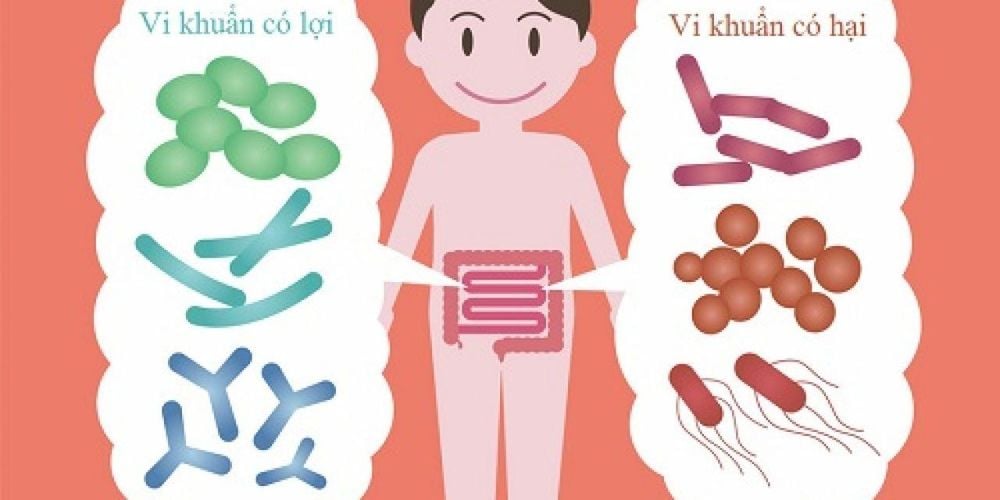
4.4 Other important roles
The beneficial bacteria inhibit the growth of harmful bacteria, thereby preventing them from producing toxins and carcinogens; Probiotics break down the lactose structure in milk, allowing lactose-intolerant cases to absorb lactose normally. The gastrointestinal microbiome, especially harmful bacteria, plays an important role in health, helping to protect and strengthen the immune system and support digestive function. Therefore, each person needs to pay attention to have a diet and scientific activities to enhance beneficial bacteria and control the growth of harmful bacteria in the digestive tract.
Please dial HOTLINE for more information or register for an appointment HERE. Download MyVinmec app to make appointments faster and to manage your bookings easily.





